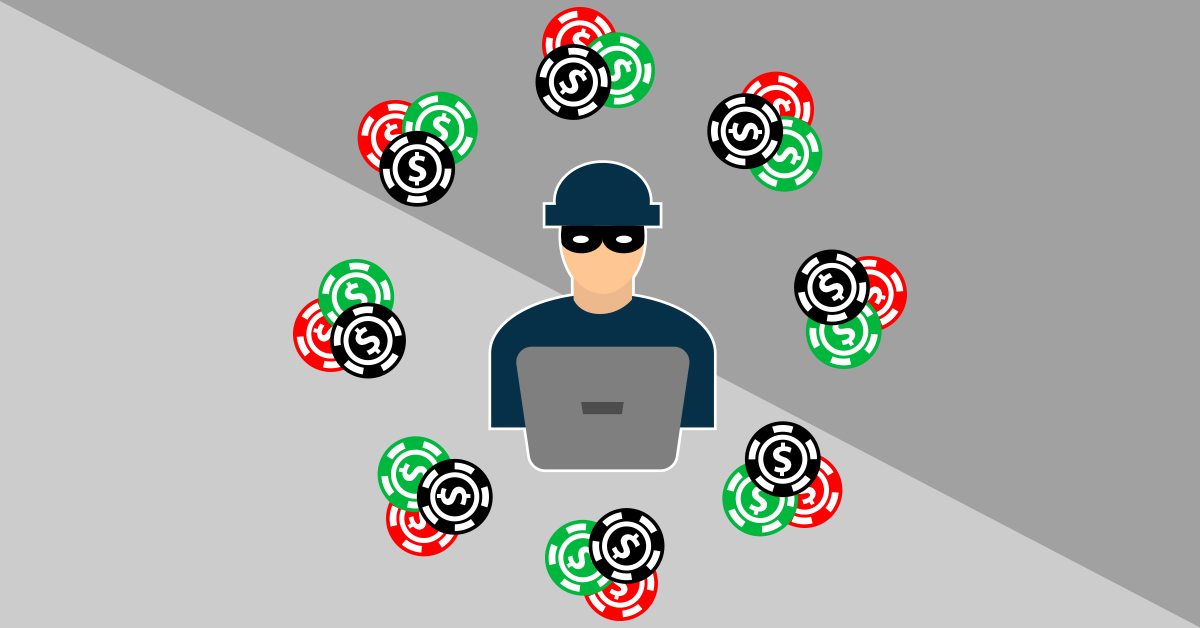CALL: 985-778-0798
2017: The Age of Hackers

2017 has been a year full of high-profile data breaches from hackers. Consumer credit score company Equifax revealed that hackers accessed up to 143 million customer account details on July 29th. This breach means that details such as names, social security numbers, driver’s licenses, and credit card numbers from more than 200,000 people have potentially been stolen. Verizon announced that phone numbers, names, and pin codes of six million Verizon customers were left online for nine days. Voter data belonging to almost 200 million Americans have been found online. Chipotle’s payment system was hacked resulting in hundreds of people’s payment information being unsecured. 2.5 million gamers that use the XBOX360 and PlayStation PSP forums had their account details compromised; email addresses, passwords and IP addresses were leaked. One of the most bizarre breaches took place at a North American Casino by using an Internet-connected fish tank. This fish tank was connected to a PC that regulated the temperature, food, and cleanliness of the tank. Out of many computer crimes, it has been described as one of the most ingenious system hacks.
Here are the nine most common ways that hackers find their way:
- Email Social Engineering/Spear Phishing
- Cyberspies can get into a network by sending an email or instant message to a targeted victim that will include an attachment to a website. Many times, the spies customize the email for the recipient.
- Virus Infections
- Hackers will implant a piece of code onto a website so that anyone who comes on the site will be immediately infected.
- USB Malware
- Hackers will place malware onto a USB so it will infect the computer upon use.
- Scanning Networks
- Hackers can remotely scan servers to determine vulnerabilities and exploit it by sending a command to the server causing it to crash.
- Social Engineering Passwords
- Hackers have various ways to trick users into giving their credentials. If hackers can find out the credentials of that user, they can log in as that user and access network resources.
- Wifi Compromises
- Hackers can invade a system by exploiting an open wireless network through unsecured or poorly secured wifi.
- Stolen Credentials from Third-Party Sites
- A good example of this is when cyber spies look for victims on third-party sites, like Linkedin.
- Compromising Web-Based Databases
- When someone enters personal information on a website, it gets stored in that company’s database. Cyberspies can put in a specially crafted code to cause the database to unlock.
- Password Reset Services to Hijack Accounts
- Hackers can simply find out the answers to possible security questions by researching the victim on social networking sites and other places.
- Insiders
- Cyberspies still resort to old-fashioned disguise techniques. Spies can find a way to get hired by companies and, upon hire, get into the system.
In this digital age, it is imperative to know the steps to take if you or your business is hacked. Even the smallest businesses now have to worry about network security and protection. If your company has been hacked, it is necessary to investigate the scope of the compromise, contain the attack by pulling all systems offline simultaneously, remediate and repair systems to prevent future attacks, and communicate with your customer base as soon as possible. Many businesses have plans set to prevent security breaches or to recover quickly in the event of one. At Velocity Agency, we are constantly staying abreast the ever-growing digital world to make sure that our employees, clients, and information are secured properly and understand that as the industry grows, hackers are learning and growing as well. We hope you stay safe out there!

